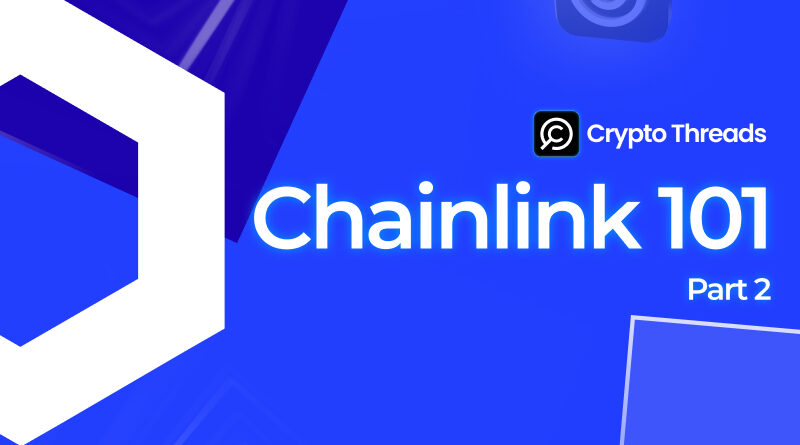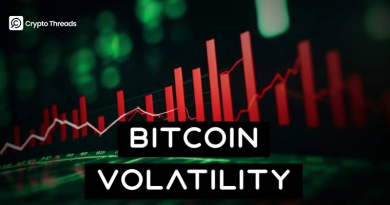How Chainlink Nodes Power Decentralized Apps
What You Need to Know
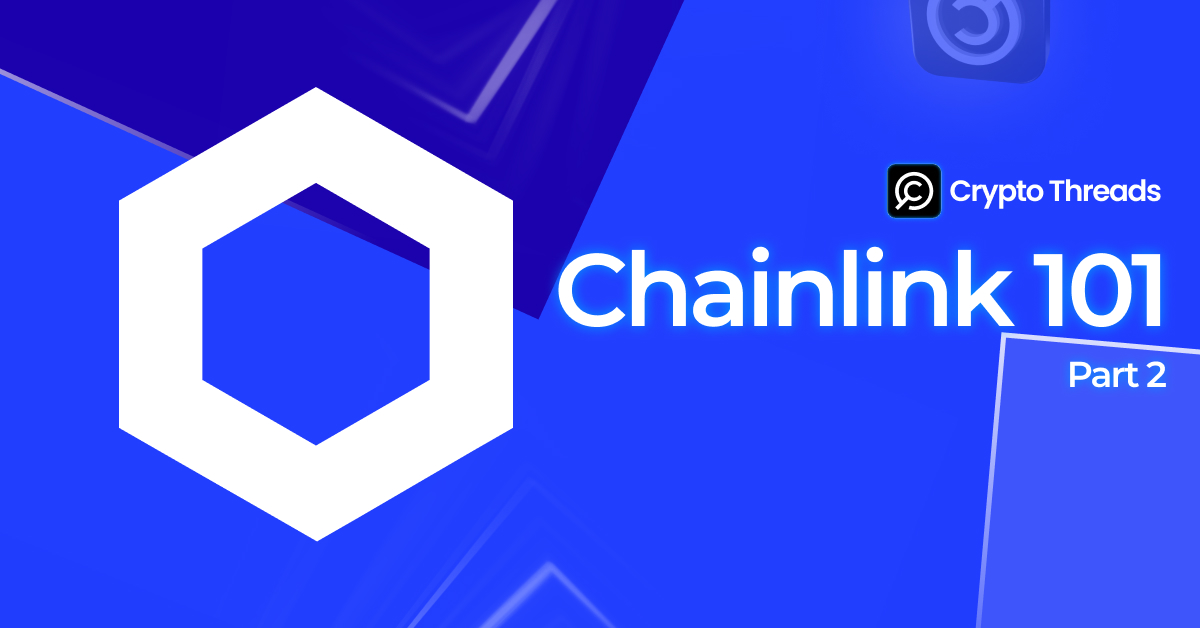
How is Data Validated by Chainlink Nodes?
Chainlink nodes validate data via the Chainlink Core application. Essentially, it translates a request from blockchain coding language to a language off-chain coding can understand—and the reverse. Thus, after translation, a request is sent to an external API to fetch the data from the needed registry. After Chainlink Core assembles the data, it sends it to the Chainlink Aggregating Contract.
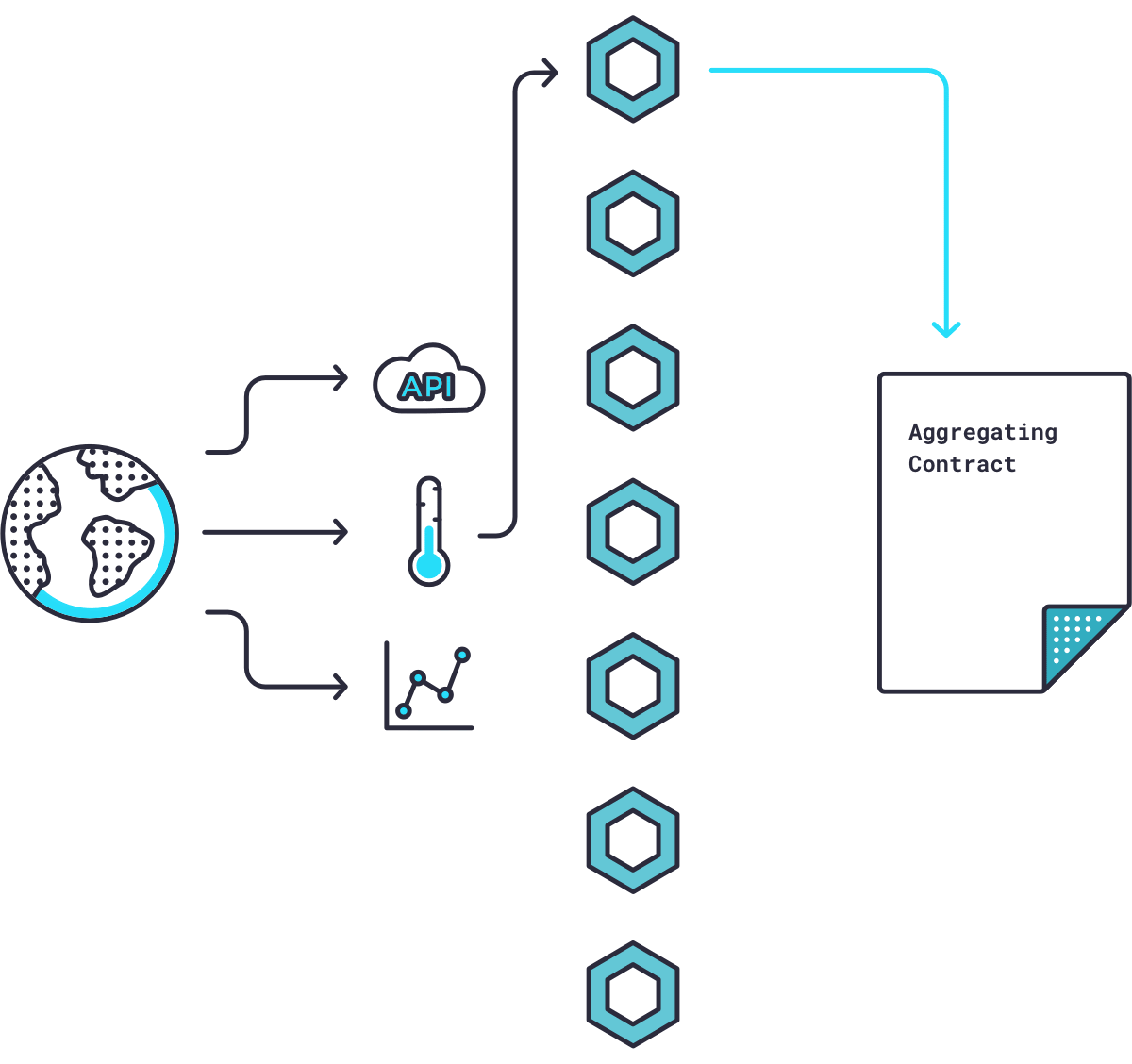
The Translating Process (Source: gemini.com)
This kind of accuracy is achieved via the Chainlink Aggregating Contract by way of consensus from multiple nodes. If, say, one node submits a faulty weather sensor update of -50 degrees to the contract and another node submits something different, the second node can discount the obviously faulty node. Instead, it takes the final submission from authoritative nodes—potentially more than one—and aggregates everything into one final submission. Thus, Chainlink ensures that accurate information is relayed to smart contracts for dApp functionality correctly.
Understanding How Chainlink Works
The primary function of Chainlink is to act as a bridge between on-chain and off-chain data sources. It operates through a structured, three-step process:
Additionally, Chainlink incorporates off-chain oracle nodes that are interconnected with the Ethereum network. These off-chain nodes retrieve data from off-chain resources upon user request. Subsequently, this data is processed through Chainlink Core before being transmitted to the on-chain oracles for further utilisation.
The Role of LINK Tokens
The LINK token forms the backbone of the Chainlink ecosystem. It is used by users to pay node operators for the provision of data services, where pricing is determined based on demand and market conditions. This requires operators to stake LINK tokens as an assurance of their willingness to maintain network integrity by providing high-quality services. Nodes with larger stakes will probably be chosen more often for fulfilling data requests, allowing those nodes to earn LINK tokens through their work. Staked tokens are where honesty and performance get penalized in a real system. The LINK tokens are ERC-20 compliant, they reside on the Ethereum blockchain, and they are tradable on many exchanges.
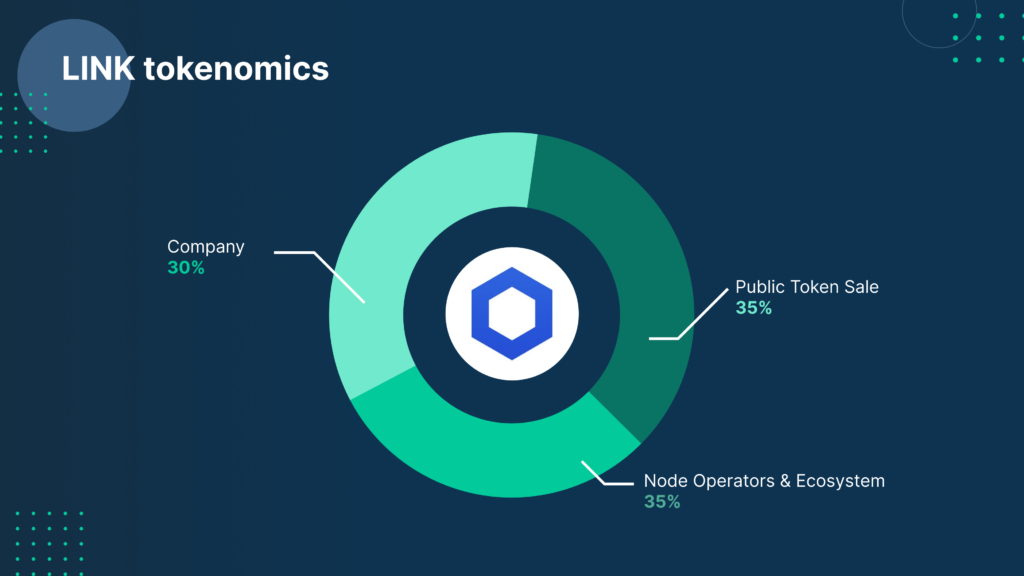
The LINK Tokenomics (Source: blog.bitfinex.com)
Chainlink Staking
Chainlink staking is when node operators pledge LINK tokens to the network as a show of commitment while earning rewards for providing accurate data to smart contracts. Traditional staking secures networks; Chainlink staking incentivizes accurate and timely data reporting. Only node operators can currently stake, but future features will expand opportunities for LINK token holders to stake and earn rewards. To get ready for this, users have to stay informed, understand the requirements for staking, acquire LINK tokens, and implement security measures to protect their assets.
Use Cases of Chainlink
Among the 77 Smart Contract Use Cases enabled by Chainlink outlined, the security and reliability of Chainlink support a vast array of applications, such as:
The future for Chainlink appears to be very positive considering the constant improvements being made to decentralized Oracle services. Major sectors that are expected to expand include DeFi, insurance, and blockchain gaming—all of which gain from Chainlink’s secure and trustworthy data service. With much more demand for precise, real-world data, Chainlink will surely keep leading the way in pushing forward the next generation of decentralized technologies.
Chainlink solves this issue with its decentralized, tamper-proof network of oracles, ensuring high-quality data for blockchain applications.
